Dopłaty i ulgi na zakup ładowarki do samochodu elektrycznego – aktualny przewodnik Zakup ładowarki do samochodu...
- There are no more items in your cart
- Shipping
- Total zł0.00
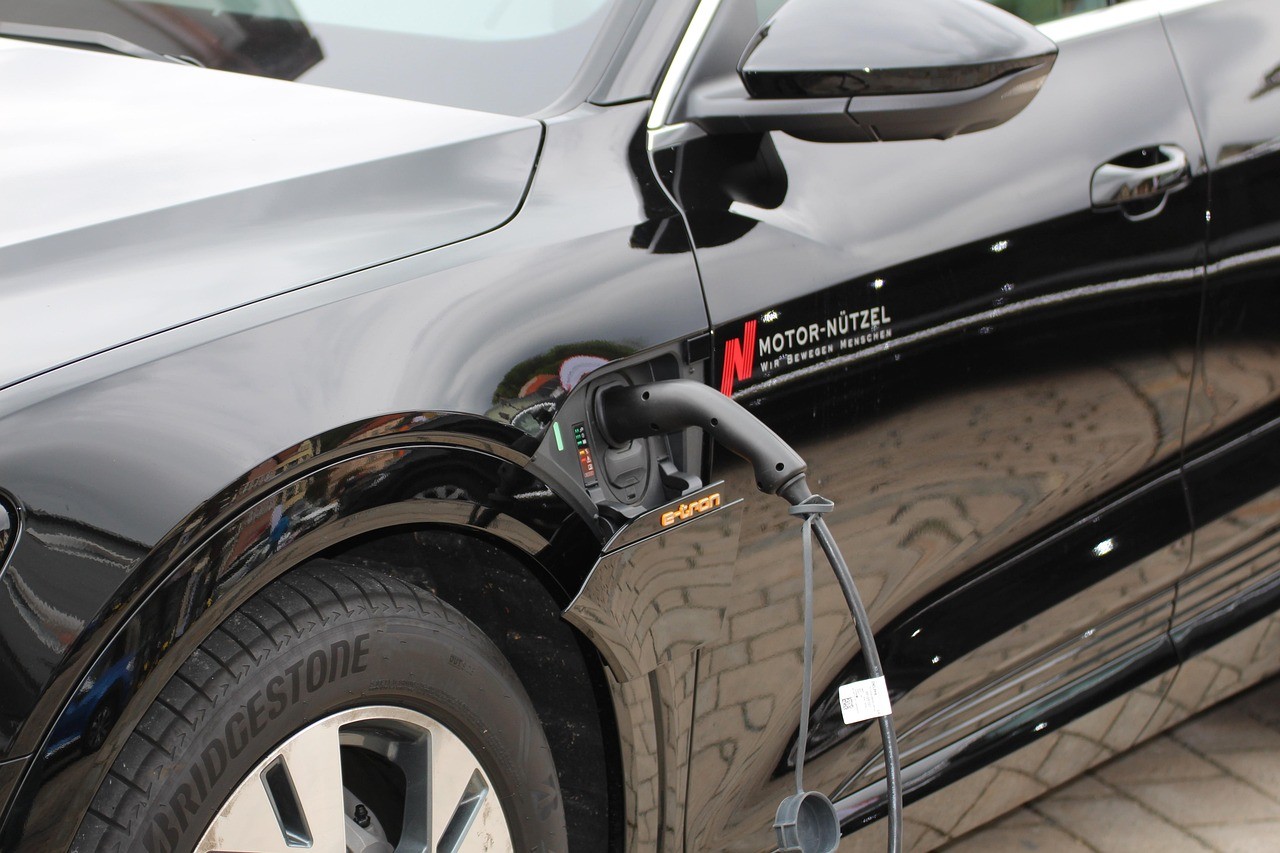
Common Mistakes When Choosing and Installing a Home EV Charger
Purchasing and installing a home electric vehicle charger is a long-term investment. Choosing the right device and ensuring correct installation directly impacts safety, user convenience, and charging efficiency. Unfortunately, many users make mistakes as early as the purchase stage, overlooking crucial technical and installation considerations. In our article, we outline the most common problems with EV chargers that can be avoided by making informed decisions.
Table of Contents:
- Mistakes During Home EV Charger Installation – What to Avoid from the Start?
- Most Common EV Charger Problems – Consequences of Poor Purchase Decisions
- Safety in EV Charger Installation – Technical and Formal Requirements
- Accessories and Charger Selection Based on Needs – How to Avoid Mistakes?
Mistakes During Home EV Charger Installation – What to Avoid from the Start?
One of the fundamental mistakes is the lack of a prior electrical system audit. A 7.4 kW or 11 kW charger requires adequate protection, appropriate cable cross-sections, and a stable power connection. Without verifying these elements, the electrical grid can be overloaded, and in extreme cases, it could even lead to a fire.
What other mistakes do many users make during home EV charger installation? A common issue is also the choice of mounting location. Placing the device in an area exposed to moisture, without a roof, or near heat sources, reduces the device's lifespan and can affect its operation. It's equally important to consider cable length and the ergonomics of using the device.
Most Common EV Charger Problems – Consequences of Poor Purchase Decisions
Among the most common problems with EV chargers is purchasing a device that doesn't match the vehicle's parameters. Many people buy chargers with too low or too high power, without considering the limitations of the car's onboard charger. This results in long charging times or unused device potential.
It also happens that users choose models without appropriate safety certificates. Cheap, unknown brands often do not meet European standards, which can lead to malfunctions or even endanger health and life.
Some invest in chargers without additional features like surge protection, app integration, or energy consumption monitoring, which significantly enhance user convenience.
Safety in EV Charger Installation – Technical and Formal Requirements
Safety in EV charger installation is a topic that cannot be overlooked. The installation should be performed by a qualified electrician with SEP certification (Polish electrical qualifications). A separate circuit breaker for the charger and a Type B or Type A RCD (Residual Current Device) with DC fault detection must be used.
In many cases, consent from the grid operator to increase connection power is required, as is notification of the installation to the energy utility. Neglecting these steps can result in warranty claims being rejected or problems during inspections.
It's also worth remembering that charger installation doesn't end with mounting the box on the wall – proper labeling and securing of the charging area are also essential.
Accessories and Charger Selection Based on Needs – How to Avoid Mistakes?
Choosing the charger is not all; appropriate accessories are equally important. Cables with the correct connector type (e.g., Type 2), cable holders, adapters, or protective cases – all these enhance daily convenience. Incorrectly chosen accessories can lead to damage to charging ports or cables.
We encourage you to check out our offer of EV charger accessories, which allows you to tailor solutions to individual conditions and user needs. A conscious choice of accessories is often key to safe and trouble-free operation of the entire system!










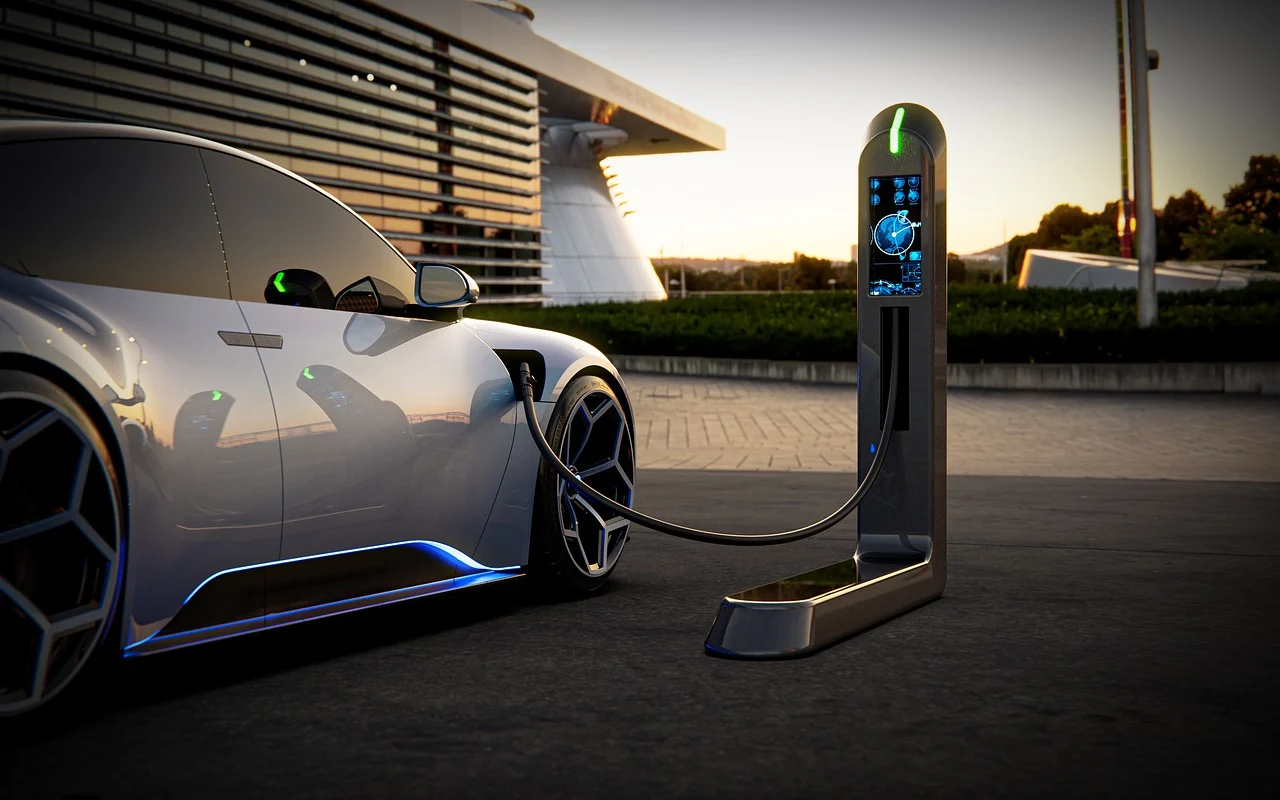

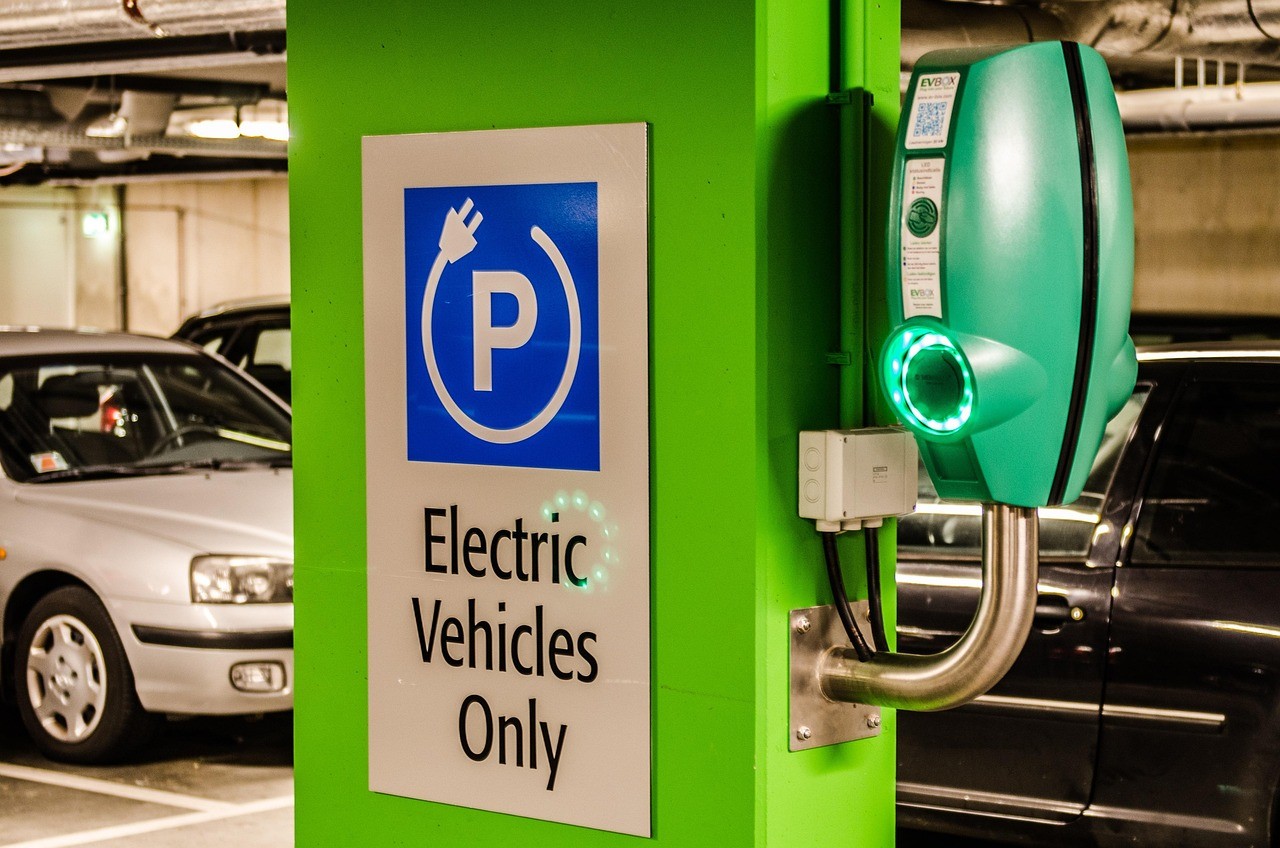
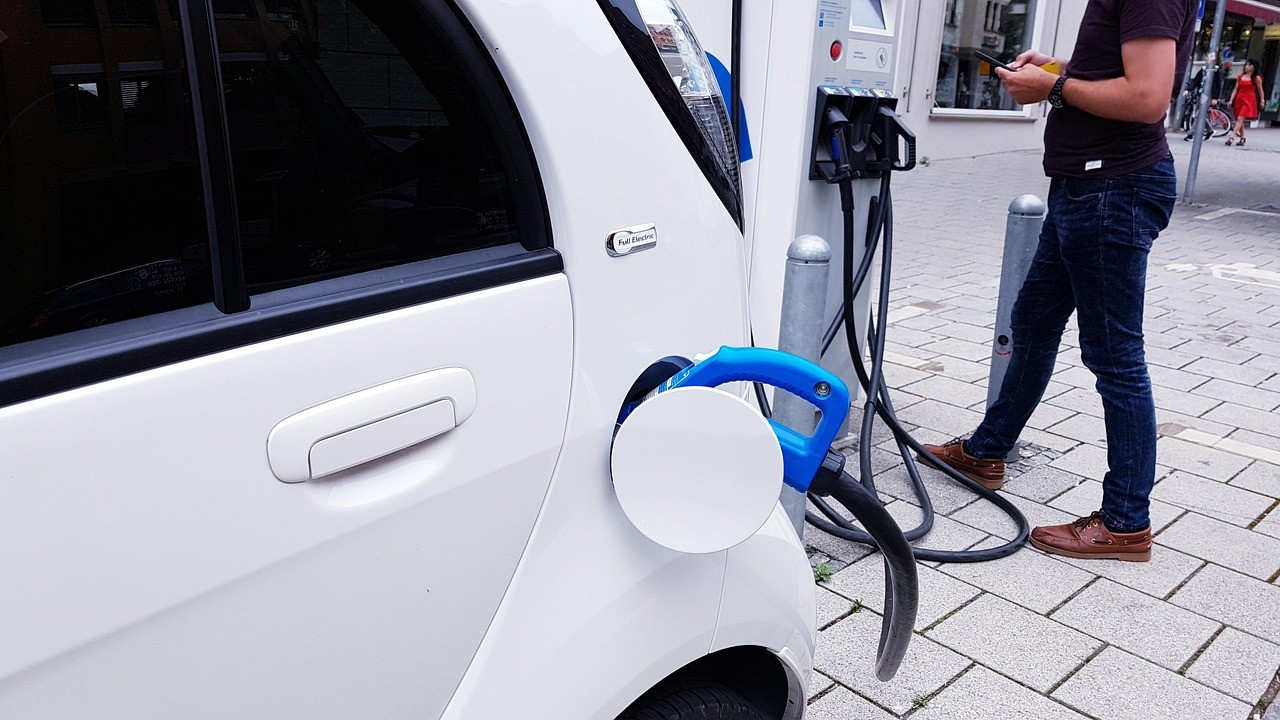
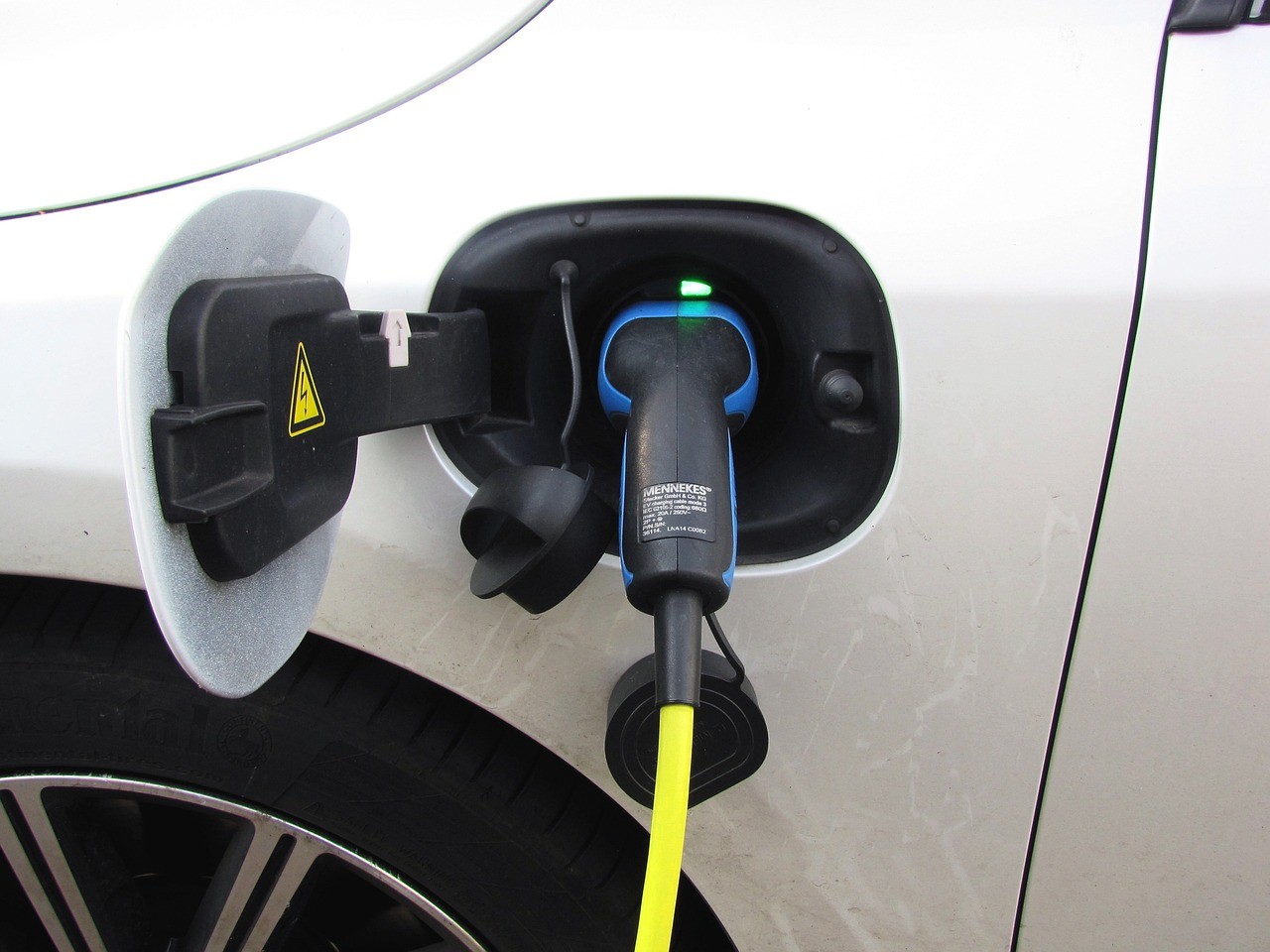
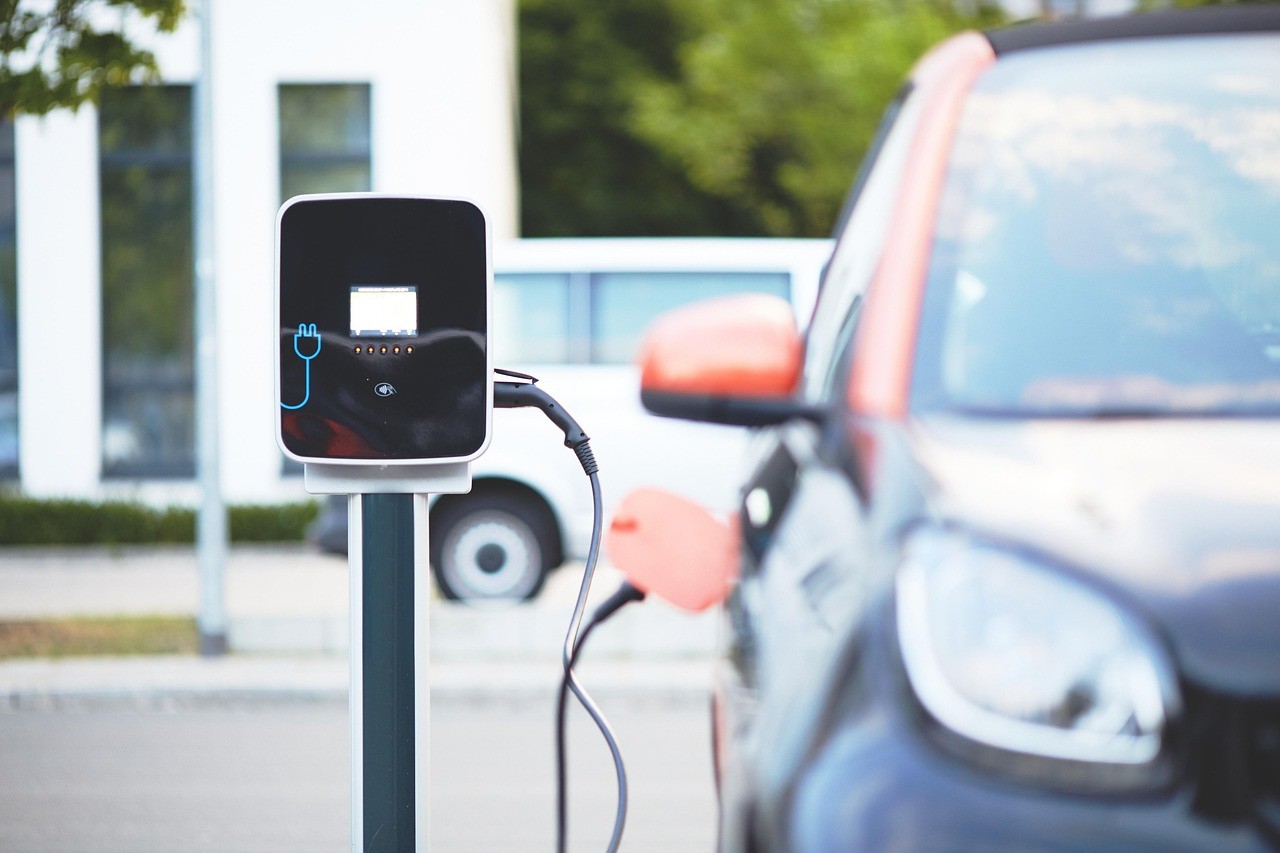
Leave a comment